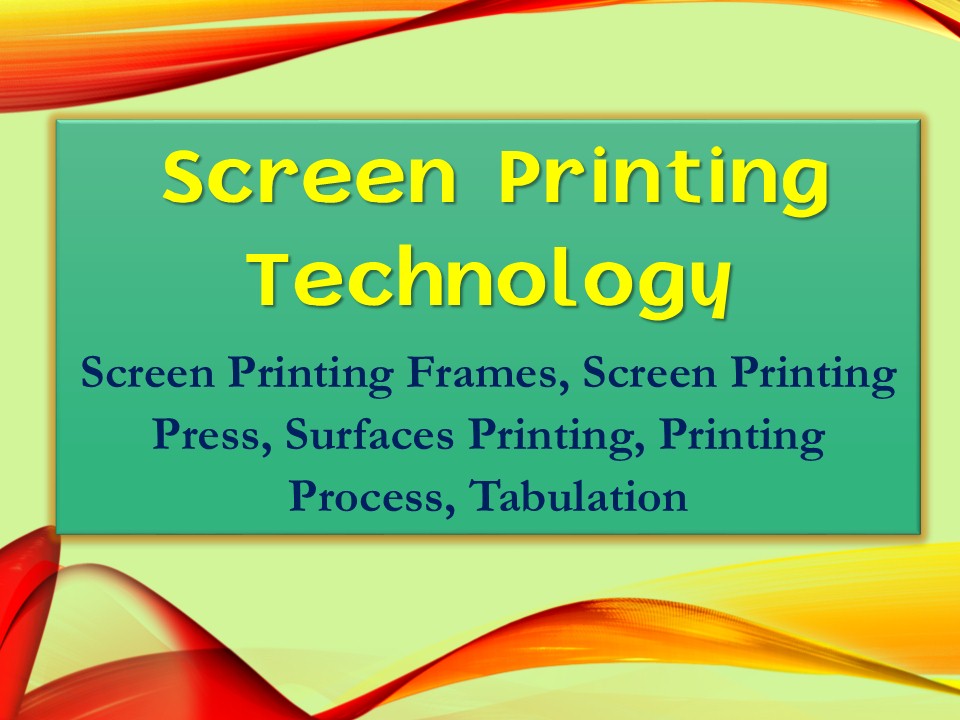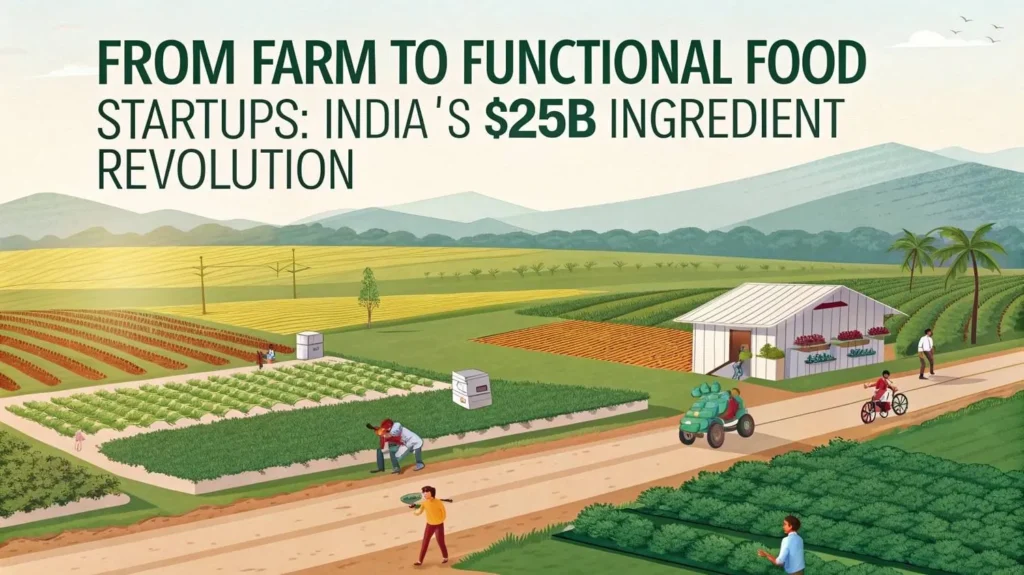
Screen printing technology has evolved into one of the most adaptable and widely used printing methods across various industries. From textiles and electronics to packaging and signage, this versatile technique delivers high-quality and consistent prints. The process uses a mesh-based screen to transfer ink onto a surface, except in areas made impermeable by a blocking stencil. With its cost-efficiency, scalability, and ability to print on multiple surfaces, businesses increasingly adopt it for both mass production and customized solutions. Moreover, innovations in screen printing frames, screen printing press configurations, and ink formulations have significantly enhanced productivity. As a result, screen printing continues to gain relevance in the modern printing industry.
Screen Printing Technology and Its Modern Applications
Screen printing technology is rooted in simplicity yet achieves high levels of precision and detail. At its core, this printing method involves forcing ink through a mesh stencil, commonly made from polyester or stainless steel, onto a substrate. The innovation lies in the range of substrates it accommodates—textiles, plastics, glass, ceramics, wood, and metal. The print quality, thickness, and durability are unmatched, making it ideal for producing graphics that need to last under environmental or mechanical stress.
See More – CA Firms & Chartered Accountants
Importance of Screen Printing Frames in Quality Production
Screen printing frames hold the mesh in place and define the tension and alignment necessary for accurate printing. These frames are typically made from aluminum or wood, with aluminum being the preferred option due to its rigidity, lightweight nature, and resistance to warping. A tight and well-stretched mesh ensures sharp, clean prints and minimizes ink bleeding.
Furthermore, frame size must match the substrate and design dimensions. Large-format frames support wide graphics like banners, while smaller frames suit tags, labels, or small electronics. Re-tensionable frames offer added longevity and precision, reducing replacement costs. In contrast, poor-quality or misaligned frames can lead to printing errors and inefficiencies.
Role of the Screen Printing Press in Automation
The screen printing press automates the printing cycle, ensuring consistency and speed, especially for bulk production. Manual presses are ideal for startups and small runs, allowing greater control and customization. However, semi-automatic and fully automatic presses cater to higher output demands, with features like adjustable squeegee pressure, multiple print heads, and drying stations integrated into the system.
Moreover, rotary screen printing presses offer continuous motion printing, ideal for fabrics and rolls. Flatbed presses are widely used for flat items like signs, panels, or glass sheets. By selecting the appropriate screen printing press, businesses can scale their operations while maintaining product quality.
Surface Preparation and Ink Compatibility
Surfaces printing successfully requires careful surface preparation. Each substrate type—whether porous or non-porous—needs treatment to enhance ink adhesion. For example, glass and metal require cleaning and, at times, a primer coating. Plastic may need corona or flame treatment to increase surface energy.
Choosing the right ink formulation is equally critical. Solvent-based inks work well on hard surfaces, whereas water-based and plastisol inks are popular in textile printing. UV-curable inks offer fast drying and durability on rigid surfaces. In addition, pre-treatment and curing processes affect durability, scratch resistance, and print clarity.
As a result, matching the ink and surface treatment ensures long-lasting and visually striking prints across industries.
The Screen Printing Process Explained
Understanding the screen printing process provides insight into its efficiency and reliability. The steps include:
-
Design Preparation: The desired artwork is created digitally and printed on a transparent film.
-
Screen Coating: A mesh screen is coated with a photosensitive emulsion.
-
Image Exposure: The transparent film is placed over the screen and exposed to UV light. The emulsion hardens where light passes through, while the unexposed areas remain soft.
-
Washing Out: Soft emulsion is washed away, leaving a stencil of the design.
-
Ink Application: The screen is aligned over the substrate, and ink is forced through using a squeegee.
-
Curing and Drying: The printed surface is dried or cured using heat or UV light, depending on ink type.
This process enables repetitive, high-volume production with minimal variation between prints.
Tabulation in Screen Printing Workflow
Tabulation refers to systematic tracking and documentation within the screen printing workflow. It ensures consistency, traceability, and efficiency across production batches. Parameters like screen mesh count, squeegee angle, ink viscosity, drying time, and print speed are recorded and standardized.
Such tabulation becomes especially vital when scaling operations or maintaining quality across different job runs. It also supports troubleshooting by allowing technicians to compare variables and refine the process. In contrast, lack of tabulation can result in repeated errors, wastage, and reduced customer satisfaction.
By incorporating digital printing management systems, businesses can automate tabulation and gain deeper insights into production metrics, costs, and delivery timelines.
Applications Across Industries
Screen printing technology finds application in numerous fields:
-
Textile Industry: T-shirts, hoodies, sportswear, and uniforms are often printed using plastisol or water-based inks for durability and vibrancy.
-
Electronics: Printed circuit boards (PCBs), membrane switches, and display panels rely on precision screen printing for conductive inks and fine-line prints.
-
Packaging: Custom boxes, containers, and labels are enhanced using this technique for both functionality and branding.
-
Glass and Ceramics: Decorative patterns, logos, and instructions are screen printed onto bottles, tiles, and glassware.
-
Automotive: Dashboard panels, decals, and switch overlays often use specialized screen printing frames and inks for durability.
Each sector demands specific surface preparation, frame selection, and press configuration—reinforcing the technology’s flexibility.
Environmental and Economic Considerations
While screen printing offers numerous advantages, modern industries are increasingly concerned with its environmental impact. Traditional solvent-based inks and chemical emulsions can pose hazards. As a result, manufacturers now explore eco-friendly alternatives like water-based inks and biodegradable emulsions.
Moreover, innovations in ink reclaiming, stencil recycling, and waste reduction improve sustainability. Automatic screen cleaning machines and closed-loop water systems reduce pollution and operational costs.
On the economic front, screen printing remains cost-effective for medium to high-volume jobs. Initial setup may be higher than digital printing, but unit costs drop significantly with scale. This makes it particularly viable for uniform product lines and recurring orders.
Innovations and Future Trends
Recent developments in screen printing technology are redefining the process. Hybrid printing methods—combining screen and digital techniques—enable complex, multi-layered designs with rich color depth. Moreover, advancements in nanomaterials and conductive inks are expanding screen printing into flexible electronics and wearable tech.
Automation is also on the rise, with smart presses offering real-time monitoring and AI-driven adjustments. These systems automatically adapt pressure, speed, and alignment based on pre-programmed parameters, improving accuracy and reducing human error.
Furthermore, digital tabulation tools now integrate with cloud platforms, enabling remote diagnostics, job tracking, and process optimization. These technologies ensure that screen printing remains competitive in the evolving manufacturing landscape.
Challenges and Solutions in Screen Printing
Despite its benefits, screen printing faces certain limitations. Registration errors, screen degradation, and ink drying issues can affect output. However, most of these challenges are manageable with proper setup, routine maintenance, and skilled operators.
Investing in high-quality screen printing frames and press systems greatly reduces variability. Consistent mesh tension, accurate squeegee alignment, and timely ink mixing all contribute to print consistency. Additionally, real-time tabulation ensures operators detect problems early and take corrective action.
Training staff and implementing standard operating procedures further streamline operations and reduce errors, resulting in a more productive and reliable print environment.
Building a Profitable Screen Printing Business
Entrepreneurs interested in this field can start a successful venture by understanding core principles. Begin with a clear market focus—such as apparel, promotional items, or industrial parts. Invest in quality screen printing frames, a suitable screen printing press, and materials like emulsions, inks, and squeegees.
Moreover, offering value-added services like custom design, color matching, or rush delivery can set your business apart. Maintaining detailed tabulation of each project improves workflow and customer confidence. Marketing through social media, e-commerce platforms, and trade shows can attract a steady customer base.
As your business grows, consider automating parts of the process, expanding frame sizes, or upgrading your drying systems for higher efficiency and output.
See More – Architects Directory
Conclusion
In conclusion, screen printing technology stands out for its durability, adaptability, and high-quality results across multiple industries. Whether printing on textiles, plastics, or electronics, the process delivers consistent outcomes thanks to innovations in screen printing frames, presses, and surface preparation methods. When businesses integrate proper tabulation and adopt modern presses, they gain better control over the printing process and improve operational efficiency. As new materials and automation tools emerge, screen printing continues to evolve, offering even greater precision and sustainability. Entrepreneurs and manufacturers alike benefit by leveraging this time-tested yet constantly advancing technology.




